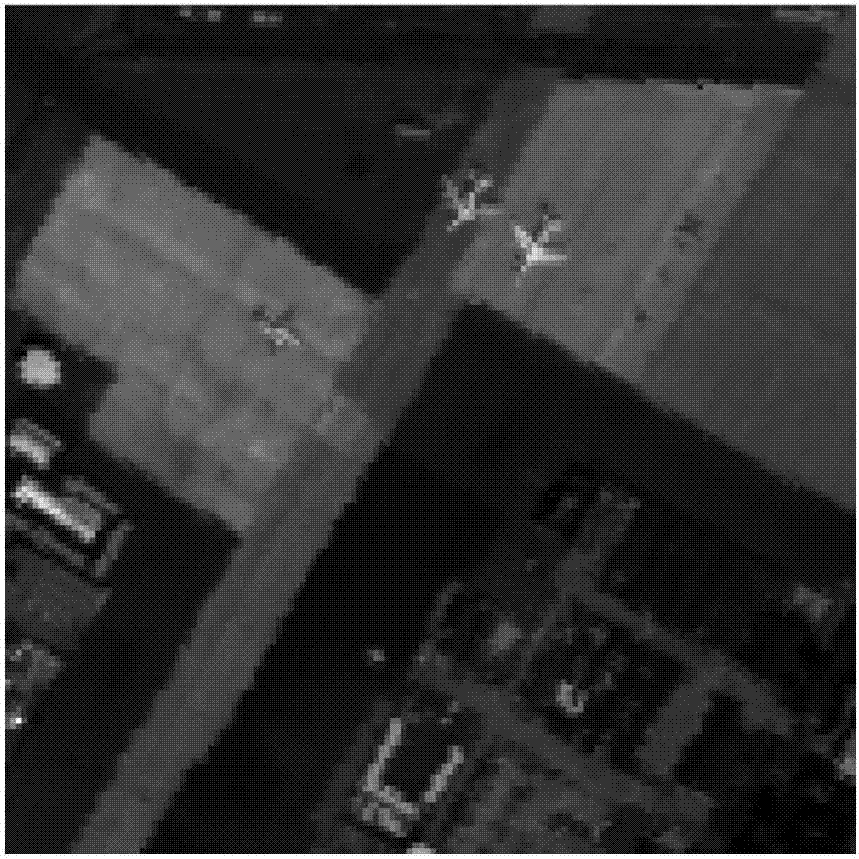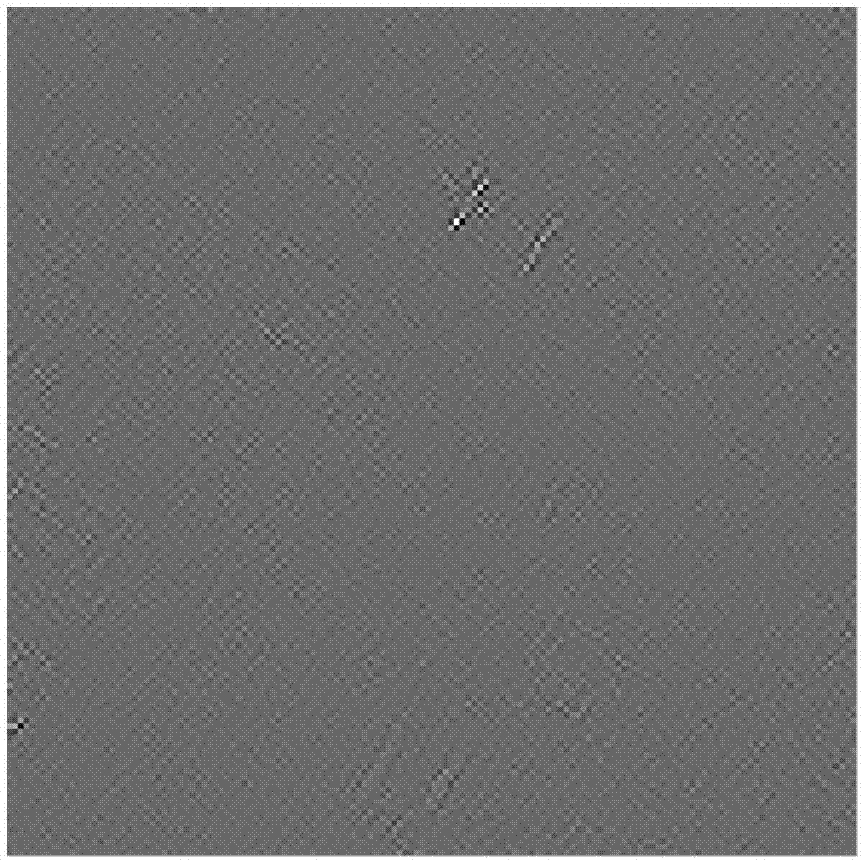Hyperspectral image target detection method based on tensor spectrum matched filtering
A hyperspectral image and target detection technology, which is applied in image data processing, pattern recognition in signals, instruments, etc., can solve the problems of low detection accuracy and inability to mine the overall information of 3D data, and achieve the effect of improving detection accuracy
- Summary
- Abstract
- Description
- Claims
- Application Information
AI Technical Summary
Problems solved by technology
Method used
Image
Examples
specific Embodiment approach 1
[0021] Specific implementation mode one: combine figure 1 To illustrate this embodiment, the specific process of a hyperspectral image target detection method based on tensor spectral matched filtering in this embodiment is as follows:
[0022] Step 1: Establish the signal representation model of the target and background under the tensor representation;
[0023] Step 2: Based on the model obtained in step 1, convert the hyperspectral image to be detected into the form of a third-order tensor through a given window size, and obtain the third-order empty X-empty Y-spectrum of the local neighborhood of the data to be detected Tensor, build a local neighborhood-based empty X-empty Y-spectrum-sample fourth-order tensor
[0024] Step 3: According to the tensor spectrum matching filter algorithm proposed in this patent, obtain the empty X-empty Y-spectrum-sample fourth-order tensor based on the local neighborhood obtained in step 2 The covariance matrix of the empty X, empty Y...
specific Embodiment approach 2
[0027] Specific embodiment two: the difference between this embodiment and specific embodiment one is: the signal representation model of the target and background under the tensor representation is established in the step one; the specific process is:
[0028] Target H under tensor representation 1 and background H 0 The signal representation model of is:
[0029]
[0030]
[0031] in, is a third-order tensor representation of hyperspectral data, Represents the third-order tensor quantum space formed by the target spectrum and its neighborhood, α represents the corresponding abundance coefficient, that is, the corresponding weight, is a third-order tensor representation of Gaussian random noise.
[0032] Other steps and parameters are the same as those in Embodiment 1.
specific Embodiment approach 3
[0033] Specific embodiment 3: The difference between this embodiment and specific embodiment 1 or 2 is that in step 2, based on the model obtained in step 1, the hyperspectral image to be detected is converted into a third-order sheet through a given window size. In the form of quantity, the third-order tensor of empty X-empty Y-spectrum of the local neighborhood of the data to be detected is obtained, and the fourth-order tensor of empty X-empty Y-spectrum-sample based on the local neighborhood is established The specific process is:
[0034] Based on the model obtained in step 1, given a 3×3 or 5×5 window, the hyperspectral image to be detected is converted into a third-order tensor form, and then all the hyperspectral images to be detected in the form of third-order tensor Spectral image data is built as a local neighborhood-based empty X-empty Y-spectrum-sample fourth-order tensor
[0035] The size of the local neighborhood is the window size.
[0036] Other steps and...
PUM
 Login to View More
Login to View More Abstract
Description
Claims
Application Information
 Login to View More
Login to View More - R&D
- Intellectual Property
- Life Sciences
- Materials
- Tech Scout
- Unparalleled Data Quality
- Higher Quality Content
- 60% Fewer Hallucinations
Browse by: Latest US Patents, China's latest patents, Technical Efficacy Thesaurus, Application Domain, Technology Topic, Popular Technical Reports.
© 2025 PatSnap. All rights reserved.Legal|Privacy policy|Modern Slavery Act Transparency Statement|Sitemap|About US| Contact US: help@patsnap.com



